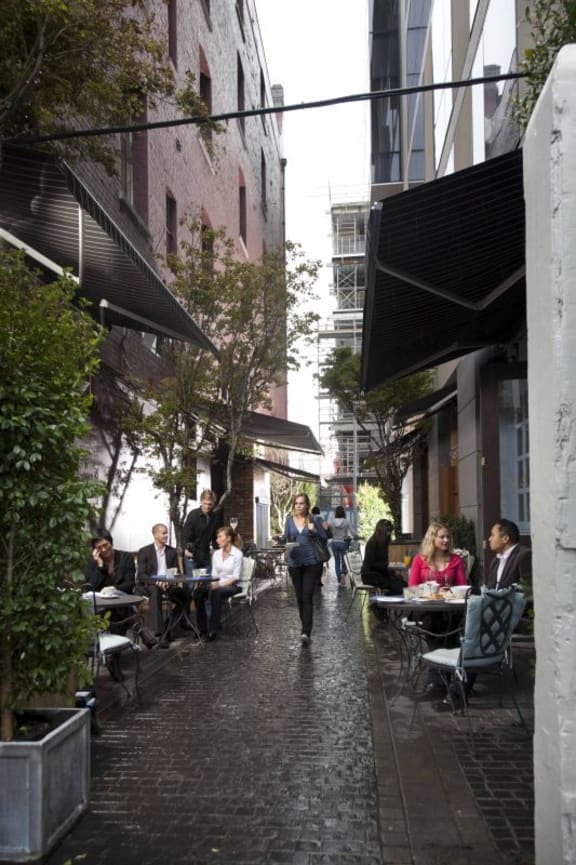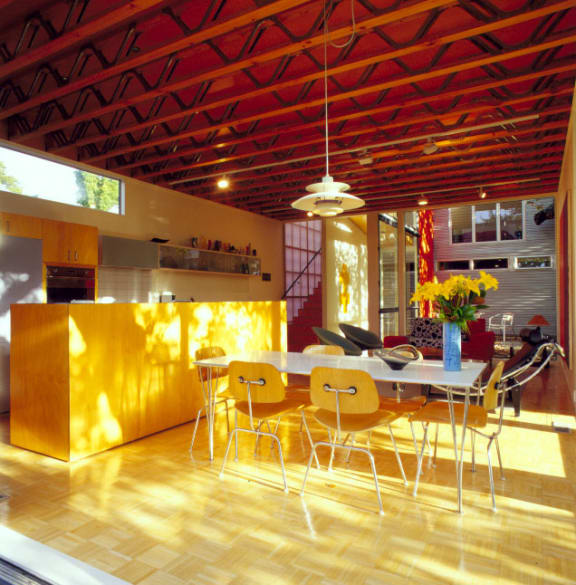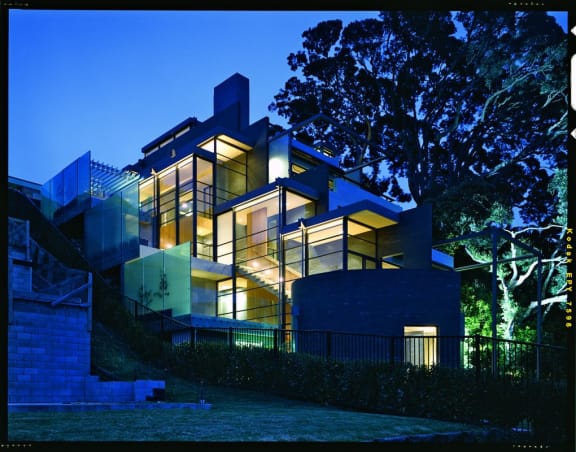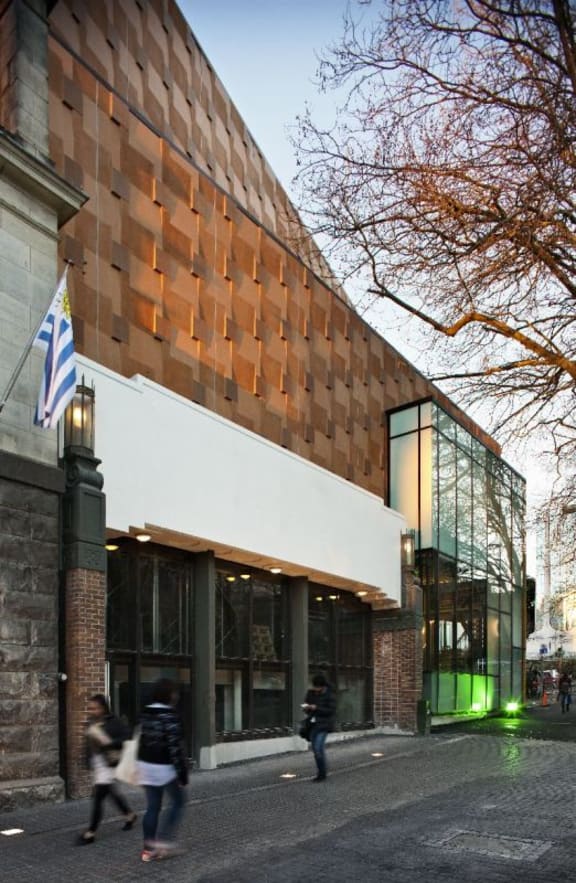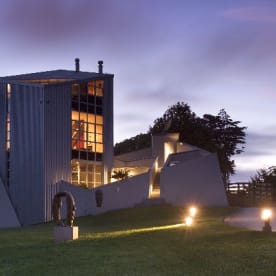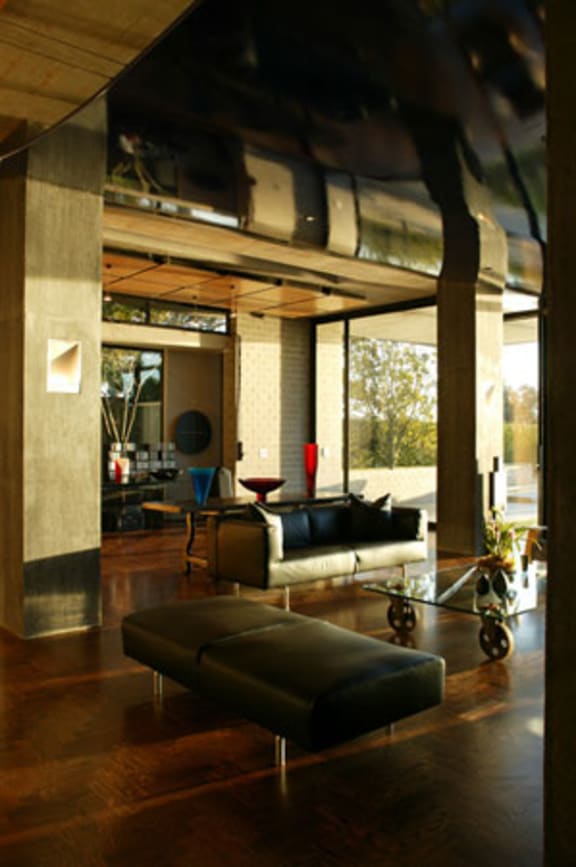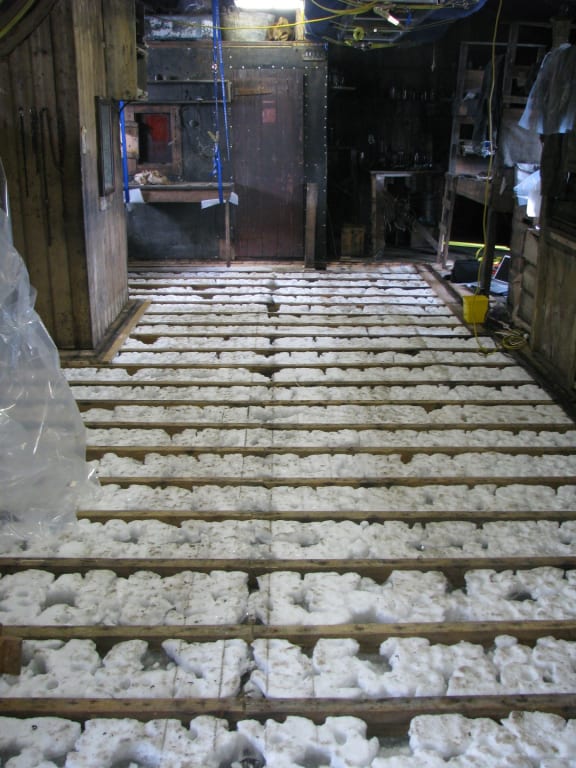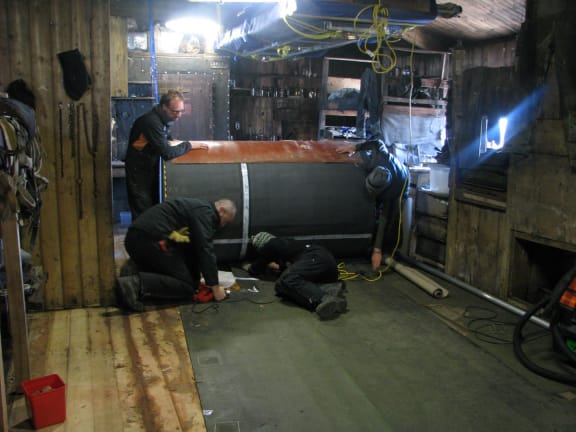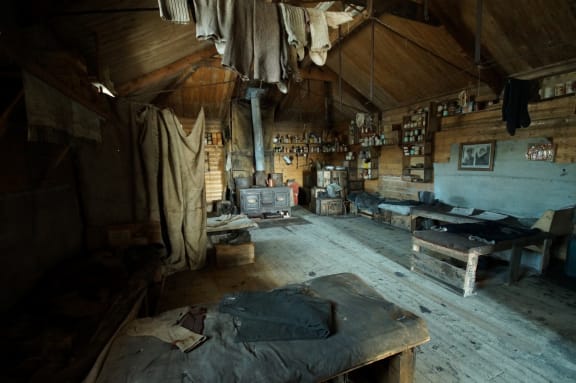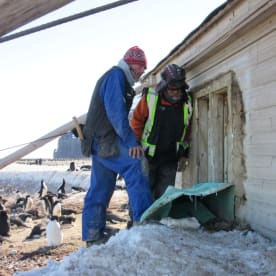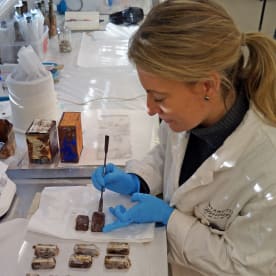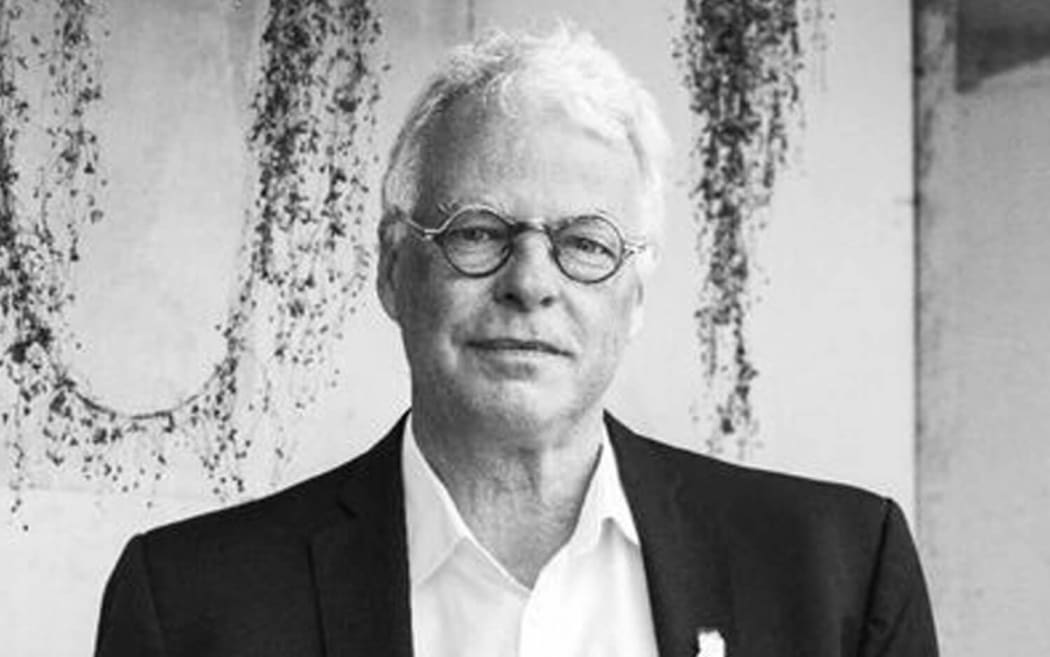
New Zealand architect Pip Cheshire Photo: Cheshire Architects
This week, Auckland architect Pip Cheshire was named a Companion of the NZ Order of Merit.
Back in 2013, he told Kathryn Ryan the job requires listening hard and synthesising ideas before giving them form.
"We're organising a large number of materials and human labour in order to create buildings, and they have to be done in the context of the personal aspirations of those who commissioned you. But there's a much wider responsibility to the community and also to the earth as well."
Pip Cheshire grew up in Christchurch, and although he "didn't draw houses from day one", at 15 he did declare an interest in being an architect.
After finishing school, Cheshire didn't act on that immediately, though. After "wandering around in the late '60s and early '70s", he enrolled in the University of Auckland School of Architecture at the age of 26.
"There was a real catch-up period. And so I worked like fury while I was at architecture school."
While still an architecture student, Cheshire made his name designing a sophisticated restaurant The Melba.
The 1980s is not a period that architects look back on with a great deal of pride.
"Probably like the fashion industry, we did a lot of buildings that had the equivalent of shoulder pads."
After graduating, Cheshire joined the architect's collective Artifice, then teamed up with fellow architect Pete Bossley before forming the firm JASMAX in 1989.
In the early 2000s, with his son Nat, he founded Cheshire Architects to redesign Auckland's iconic Britomart Precinct.
Britomart is an example of how cities can be formed to carefully combine the old and the new, Cheshire says.
"You can't freeze a city and look after everything simply because it's old. But if you can find a good, sustainable commercial use for a heritage building, then that's great. That will add a great deal of density and we understand our society better by knowing its history."
Questions about how best to insert new buildings and reconcile them with existing heritage buildings aren't simple to answer, he says.
"They require a very careful understanding of the urban context of architecture and how buildings can reference each other without mimicking them."
The redesign of Auckland's Q's Theatre was a "pretty important" project for Cheshire on a personal level, a great challenge and also great fun.
"It sits hard up against the Town Hall, which heritage advocates describe as the jewel in the crown in Auckland. We were building over the top of the Town Hall greenroom, we were building over the top of a heritage stream, we had heritage trees dangling alongside it, we were burrowing into an existing building and then we had a shared wall with the Town Hall."
Architects play a critical role in public life, Cheshire says, but what they do is not well understood.
He approaches projects of any size with a sense of social conscience.
"As professionals, we have a responsibility to at least leave the world better than we found it."
